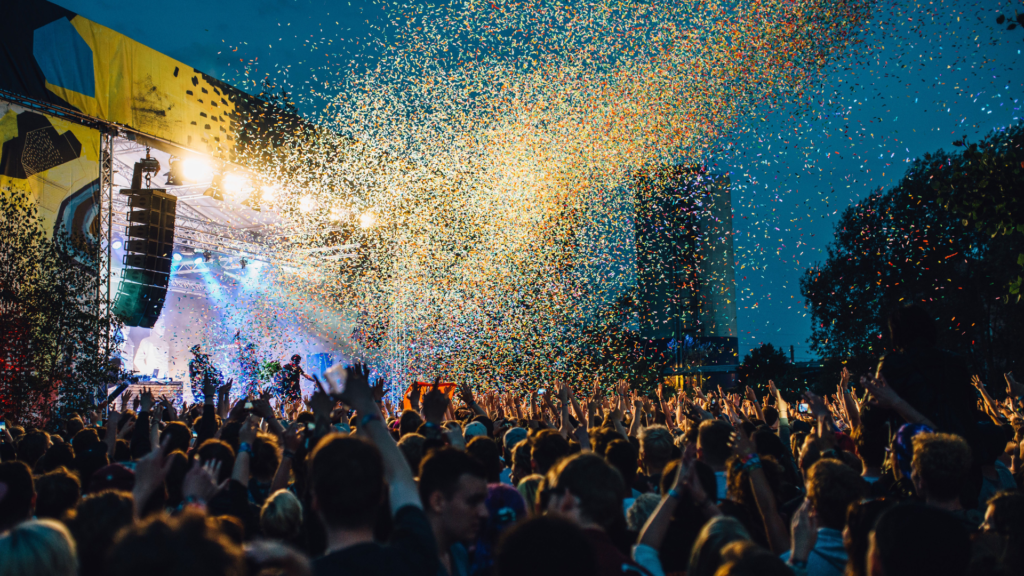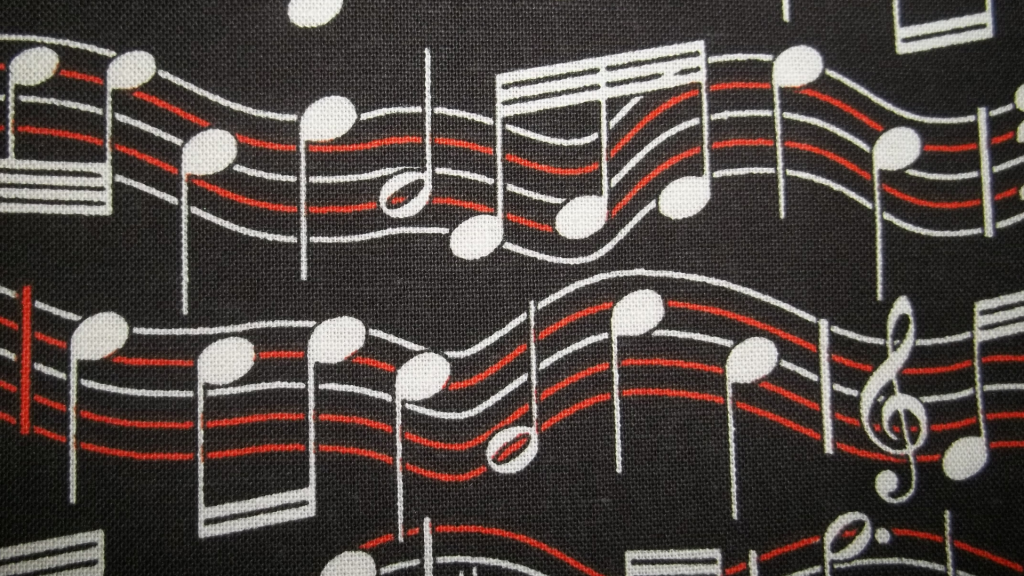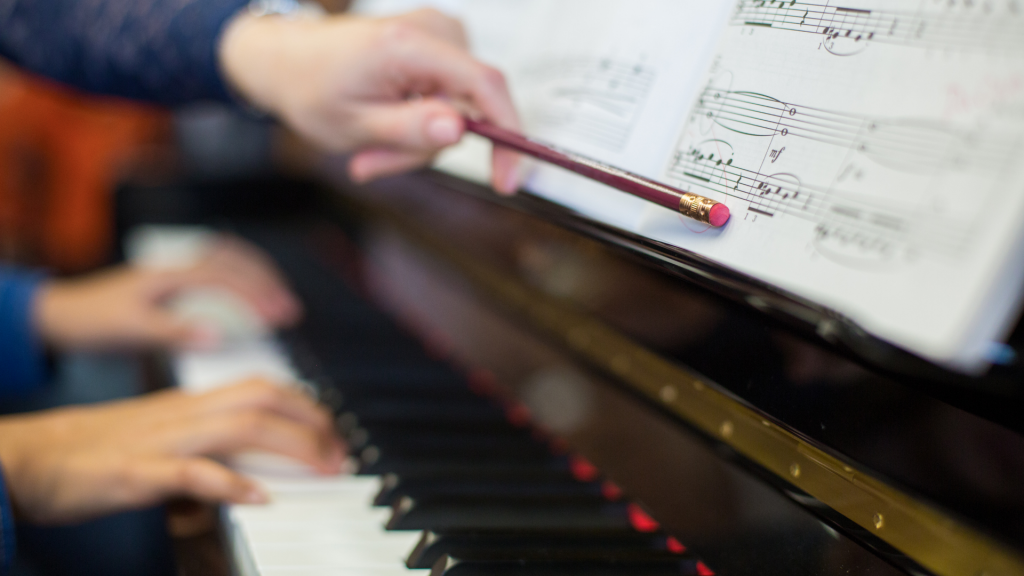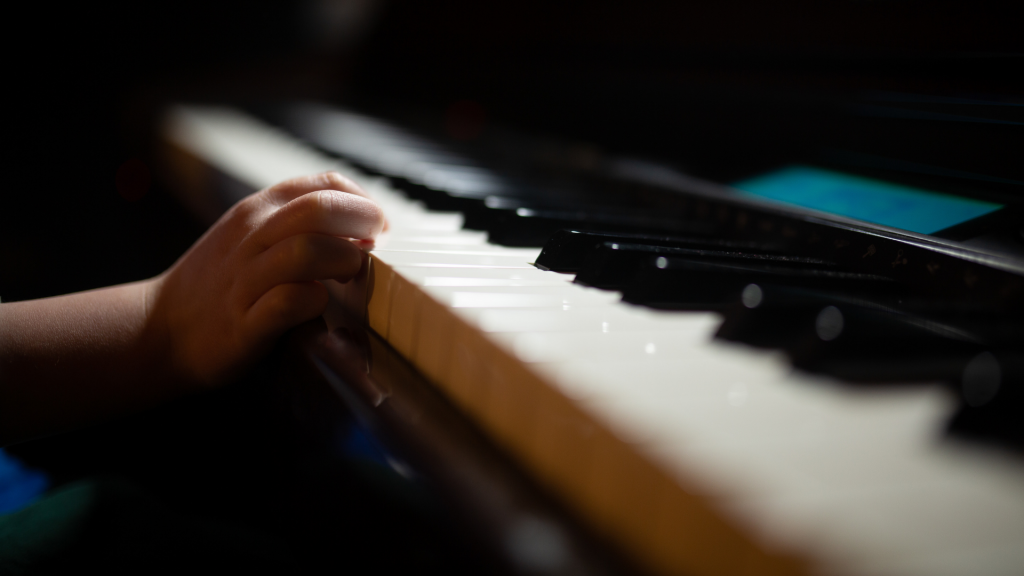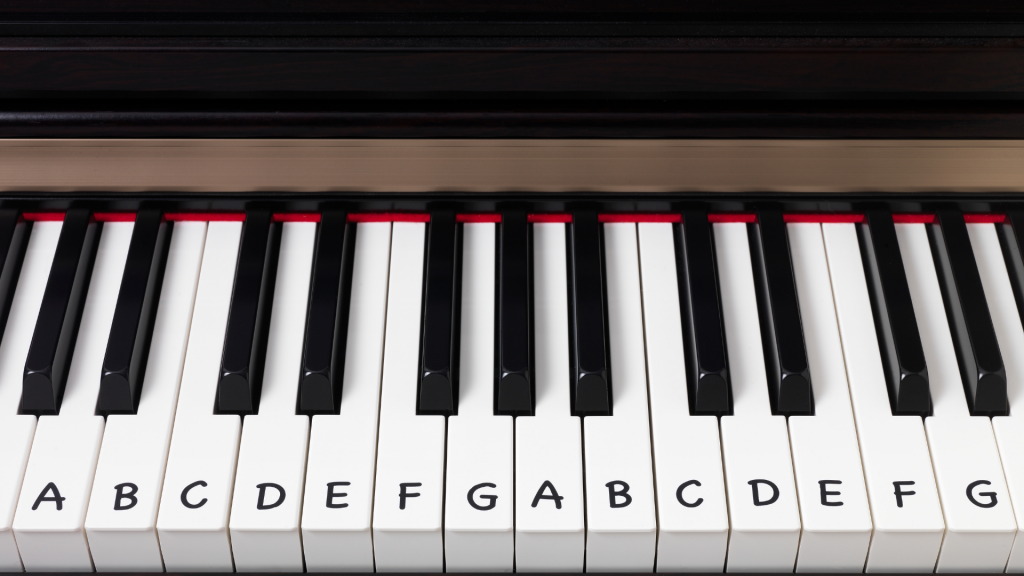Are you ready to experience the magic of music festivals? Imagine being surrounded by thousands of like-minded people, dancing and singing along to your favorite artists in a beautiful outdoor setting. Music festivals bring together people from all walks of life for an unforgettable experience. From the crowd’s energy to the thrill of discovering new artists, there’s something truly magical about these events.
Whether you’re a seasoned festival-goer or planning your first trip, get ready to be swept away by the enchanting world of music festivals!
What is a Music Festival?
Music festivals are unforgettable experiences that can take your mind and body on an incredible journey. From the allure of diverse music to the crowd’s excitement, there’s nothing like a music festival. Here are some tips to ensure a great time at your next festival:
- Plan Ahead: Do some research to figure out which festival is right for you. Not only will this help you choose what to wear, but it will also give you an idea of how much money you’ll need to spend.
- Arrive Early: This may seem common sense, but it’s worth repeating. Arriving early will allow you to get a good spot in line and minimize the chances of missed opportunities.
- Stay Hydrated: It’s easy to become dehydrated during a music festival wildly if you’re dancing or moshing around all day. Make sure to drink plenty of water and juice throughout the day.
- Bring Sunscreen: Music festivals can be hot! Bring sunscreen and wear a hat if necessary.
- Be Mindful of Your Safety: Safety is always number one when attending a music festival. Watch for over-exuberant fans and be aware of your surroundings at all times. Don’t hesitate to leave the scene or call security intervention if something feels unsafe.
The Different Types of Music Festivals
There are numerous types of music festivals, some smaller and more intimate than others. Each offers a unique experience that is hard to find anywhere else. Here are the different types of music festivals:
- Rock Festivals: These festivals showcase rock music and are popular with teenagers and young adults. The biggest rock festivals can have tens of thousands of attendees.
- Country Festivals: These festivals typically showcase country music and are usually smaller, with attendance primarily comprised of country music fans.
- Bluegrass Festivals: These festivals celebrate acoustic blues and folk music and feature a variety of performers from around the world.
- Fusion Festivals: These festivals mix different genres of music to create an eclectic soundscape. They often focus on cutting-edge sounds from various parts of the world.
- Jazz Festivals: These events celebrate jazz music and feature big-name artists performing alongside lesser-known musicians.
- Symphony Festivals: These events feature performances by symphony orchestras, giving listeners a rare opportunity to experience live classical music in an intimate setting.
- Reggae Festivals: This type of festival features reggae as its primary genre, with performers from all over the world performing live sets.
- Bubble Tea Festival (also known as Bubble Tea Fests): This festival celebrates all things tea, with vendors selling everything from bubble tea to clothing items featuring tea motifs.
The Best Music Festivals in the World
Music festivals are one of the world’s most popular and exciting events. They offer a unique experience that is hard to find anywhere else. Whether you’re looking for a relaxing weekend getaway or an adrenaline-pumping adventure, there’s a music festival. Here are the best music festivals in the world:
Coachella Valley Music and Arts Festival
The Coachella Valley Music and Arts Festival is one of the world’s largest and most famous music festivals. It’s held in Indio, California, each year over two weekends in April. The lineup typically features some of the biggest names in music and up-and-coming artists. The festival is known for its creative atmosphere and incredible views of the desert landscape.
Woodstock 99
Woodstock 99 was held over three days in August 1969 at Max Yasgur’s farm in Bethel, New York. It was billed as “An Unauthorized Celebration of the Life and Music of Jimi Hendrix.” The lineup featured some of rock music’s biggest names at the time, including The Who, Crosby, Stills, Nash & Young, Carlos Santana, Janis Joplin, Richie Havens, and John Lennon. The event is considered one of history’s most iconic music festivals.
Bonnaroo Music & Arts Festival
The Bonnaroo Music & Arts Festival is an annual four-day event held at Manchester Country Club near Manchester, Tennessee. The festival typically features a diverse mix of music, from rock to blues to country. Bonnaroo is known for its laid-back atmosphere and star-studded lineup, including acts like Neil Young, Kanye West, Bob Dylan, Radiohead, and Bruce Springsteen.
Coachella Valley Music and Arts Festival
The Coachella Valley, Music, and Arts Festival is one of the world’s largest and most famous music festivals. It’s held in Indio, California, each year over two weekends in April. The lineup typically features some of the biggest names in music and up-and-coming artists. The festival is known for its creative atmosphere and incredible views of the desert landscape.
Lollapalooza
Lollapalooza is an annual three-day music festival held at Grant Park in Chicago. The event typically features diverse music, from punk to rock to electronica. Lollapalooza is known for its extensive lineup of famous artists and its interactive fan experience.
Music festivals are a truly unique experience that you want to experience. Whether you’re new to the scene or a longtime fan, there’s something for everyone at a music festival. From the atmosphere and crowd to the artists performing on stage, there’s no place like it. So whether you’re planning your first festival or just looking for new and exciting experiences to add to your calendar, check out our list of the best music festivals worldwide!
